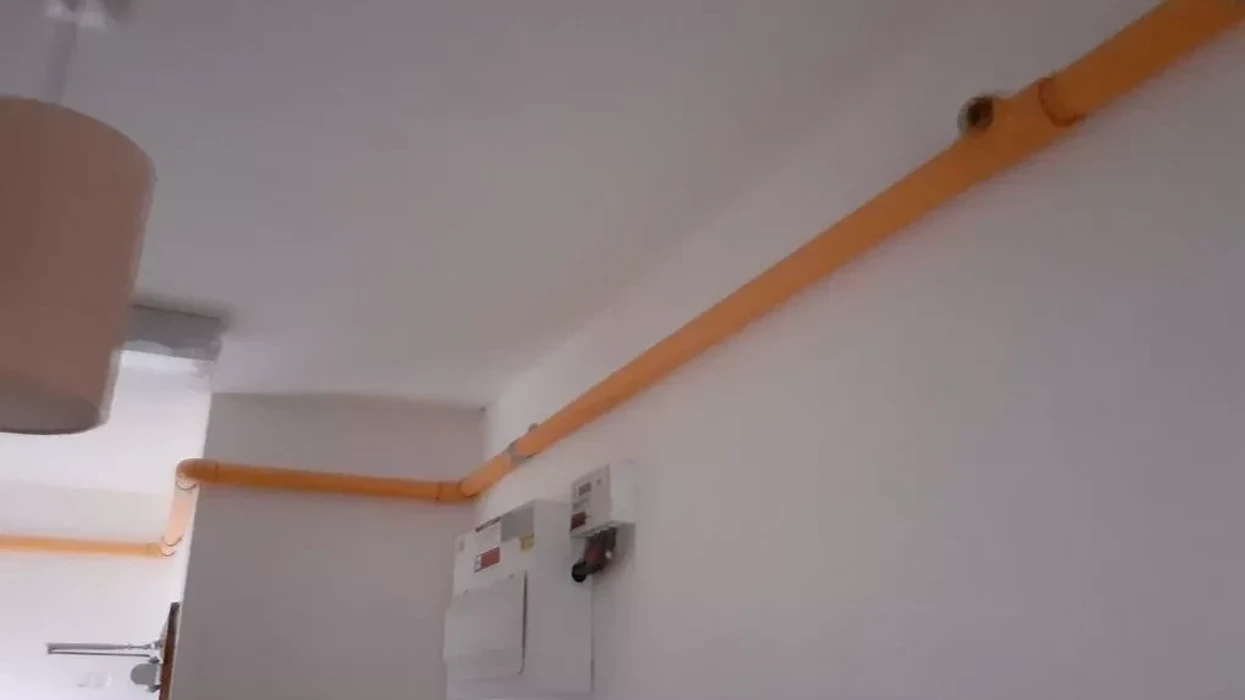by HOWARD ROBIN
WHAT PASSENGERS CAN EXPECT IN BUSINESS AND FIRST CLASS
IMAGINE a pilot welcoming you aboard with the words: “Ladies and gentlemen, your flight time today is six hours in first class, nine hours in business and 12 hours in economy.”
You would think he has lost his marbles and head for the exit? Slow down… especially if you’re reclining up front in first.
Psychologists have long noted how passengers’ perception of flight duration depends entirely on the relative comfort or discomfort of their surroundings, with first-class passengers subjectively feeling their flight passes quickest.
So what exactly do passengers get in first class and business? How do they compare? Do they sufficiently alleviate the tedium and discomfort of a long flight to make it worthwhile paying the extra?
First-class and business-class air travel are much more expensive than economy. For a long-haul, round trip costing £750-£1,500 in economy, business passengers can expect to pay between £3,000 and £3,750, and first-class passengers more than £7,500. That said, frequent flyer schemes mean travellers can upgrade business or economy tickets to first class by clocking up air miles, while some carriers offer last-minute upgrades to first class depending on space availability.
Ben Schlappig, a consultant and travel blogger at onemileatatime.com, who flies around 400,000 miles a year, mainly in first or business class, has noticed a dramatic improvement in business class over recent years, while the availability of first class has become more limited.
“Overall we’re seeing more airlines eliminating first class and instead installing great business-class service, given that the market for first class is pretty limited,” he says. “Nowadays business-class seats are better than first class used to be. Meanwhile, some of the first-class seats we see nowadays have out-of-this-world products like double beds, showers or even apartments in the sky.”
Amenities in business class differ from airline to airline, and also depend on the type of aircraft. Previously, business class used to amount to little more than economy class with bigger and longer seats. But competition between airlines to lower prices has made economy even more frill-less and basic. At the same time, operators have tried to outdo each other in offering an improved business service.
At the airport, business-class passengers normally have their own check-in area and get to use their own lounge where they are offered drinks, snacks, newspapers and internet access. They are likely to board before economy and therefore have longer to take advantage of the enhanced facilities.
Bear in mind that most airlines restrict their business-class flyers to using only the lounge at the departure airport or when waiting for a connecting flight. However, on some long journeys, business class passengers can also use them on arrival.
Business and first-class passengers can both expect a range of amenities to enable them to get a good night’s sleep and privacy. The most premium business-class lounges offer shower and napping facilities. However, when deciding between business and first class, check whether the seat can convert into a bed and how much separation there is between passengers. This aspect of seat configuration is known as seat “pitch”, which denotes the distance between any point on your seat and the corresponding point on a seat behind or in front. While few economy seats have a “pitch” of over 91cm (36"), business seats usually provide more ample space of 130-153 cm (50"-60").
Another factor is the degree to which the seat reclines. The most sleeper-friendly are those that recline completely flat. However, these are few and far between in business class as well as very expensive, and often confined to long-haul flights between financial centres, though BA’s Club World and Virgin Atlantic’s Upper Class are notable exceptions.
That said, seats that recline to an angle of about 170 degrees and are very slightly tilted downwards to fit in better have been introduced by a number of carriers in recent years, with the aim of providing passengers extra legroom and better sleep. One excellent source of information on configurations on different flights is seatguru.com.
Another area in which airlines have competed over recent years to improve the experience in business class is in-flight food. Some carriers let business-class flyers order in advance from extensive menus, while in all cases, they should be able to select from a range of meals with proper courses served on regular crockery, washed down with a selection of drinks.
Business-class flyers get another perk when it comes to in-flight entertainment with AVOD (audio and video on demand) now standard. In addition, you can usually find a power socket for your laptop and internet access should be available too.
The final advantage of flying business comes with a speedy departure as you should be first to alight and at some long-haul destinations be greeted by a dedicated passport control line.
Because of the intense competition among airlines to improve the experience of the business-class traveller, first class has been on the decline. Some carriers have dropped it completely while others confine it to high yield routes where there is sufficient demand from affluent business travellers. In such cases, a number of airlines have actually launched new and superior first-class products such as suites with beds and showers in a bid to differentiate the experience from business.
The perks of first-class travel begin long before you come aboard. Some carriers will even pick you up and ferry you by limousine to and from the airport. Your luggage will be carried by a porter and you will be checked in at an exclusive first-class area where you can sip your first glass of champagne.Lufthansa in Frankfurt, for example, provides a dedicated lounge for first-class passengers, who bypass the main terminal for their own section. They are then transported to their plane in a Porsche or Mercedes. In comparison, the business-class lounges offer just a quiet space in which to work and relax, albeit with superfast broadband, comfy chairs and snacks, but few other extra amenities.
Once aboard, the first-class traveller can expect impeccable standards of service with the best quality food, premium champagne and extensive wine lists. While business-class passengers can also expect to be served restaurant-quality meals, the food and drink in first class should be a notch or two higher with such perks as vintage Dom Perignon, Laurent Perrier Grand Siecle, Krug and other top champagnes, spirits and wines. You should also receive more a la carte food offerings, and in some cases, delicacies such as caviar. In other words, it should amount to a dining “experience”.
The service ratio in first class is about one member of staff to every three travellers, so every whim should be catered for. First-class passengers can expect to be located at the very front of the plane as this is the quietest and least turbulent section.
The first-class traveller can also expect a seat that lies completely horizontal in some kind of suite arrangement, with a privacy divider to separate you from other travellers. As business-class seating has improved, some airlines have repositioned their first-class offerings as suites. On its A380 Airbus fleet, Singapore Airlines offers suites that it markets as “a class above first.” The suites feature a two-metre (78") fold-out bed that is separate from the seat. Emirates also offer suites on their A380s, though the bed and seat are integrated, transforming from one use to the other at the touch of a button.
In the final analysis, the biggest areas of difference between first and business class are the seats, food and service. But they vary hugely among airlines, routes and type of aircraft. First-class facilities will generally be superior, especially on long haul and international flights. But travellers should check out exactly what they will be getting before buying their tickets to make sure they really do get what they pay for.





 Prada confirms Kolhapuri chappals inspired its 2026 Milan collectionInstagram/
Prada confirms Kolhapuri chappals inspired its 2026 Milan collectionInstagram/ Kolhapuri chappals have been crafted for centuries and received GI tag in 2019 iStock
Kolhapuri chappals have been crafted for centuries and received GI tag in 2019 iStock 








 Wintour also became synonymous with the Met GalaGetty Images
Wintour also became synonymous with the Met GalaGetty Images

